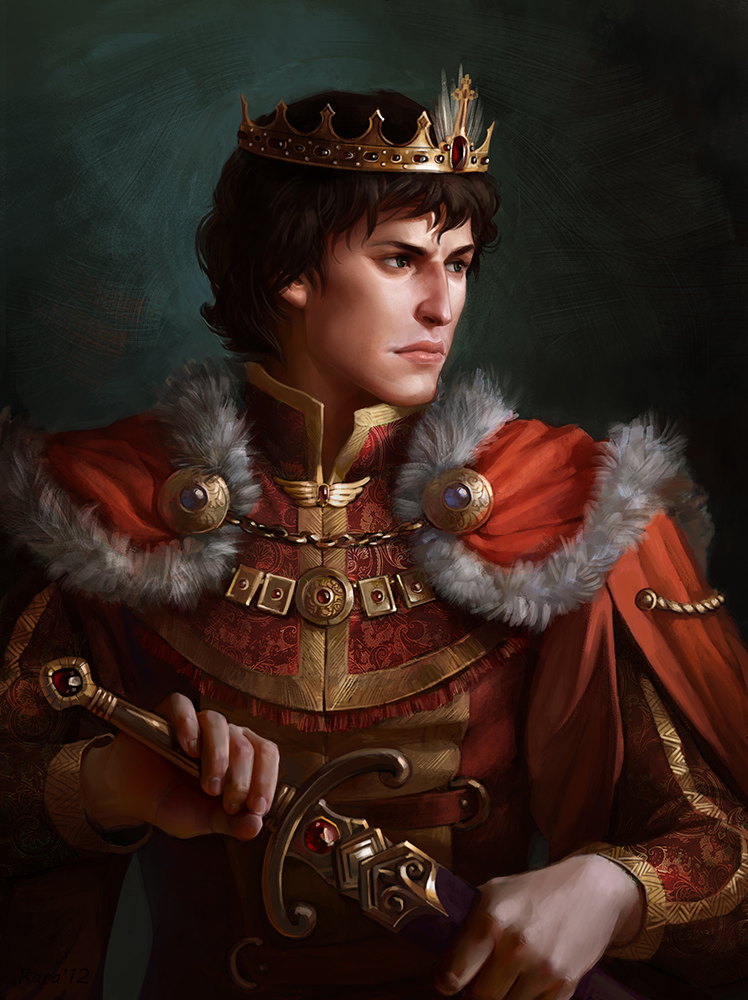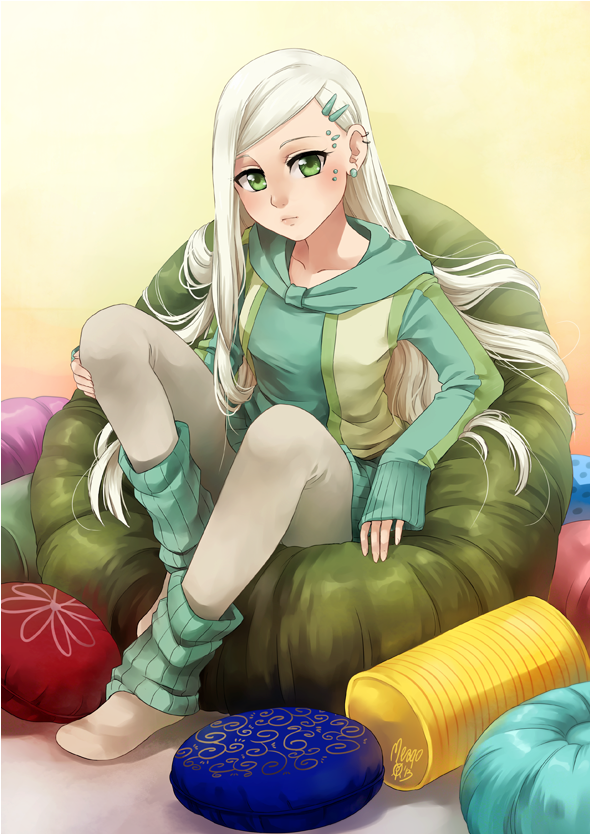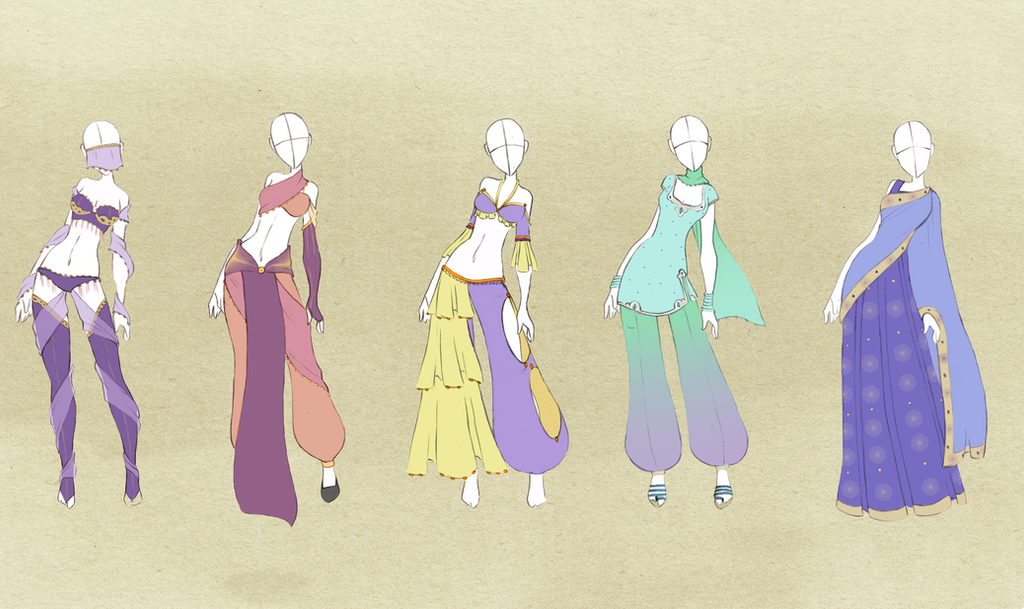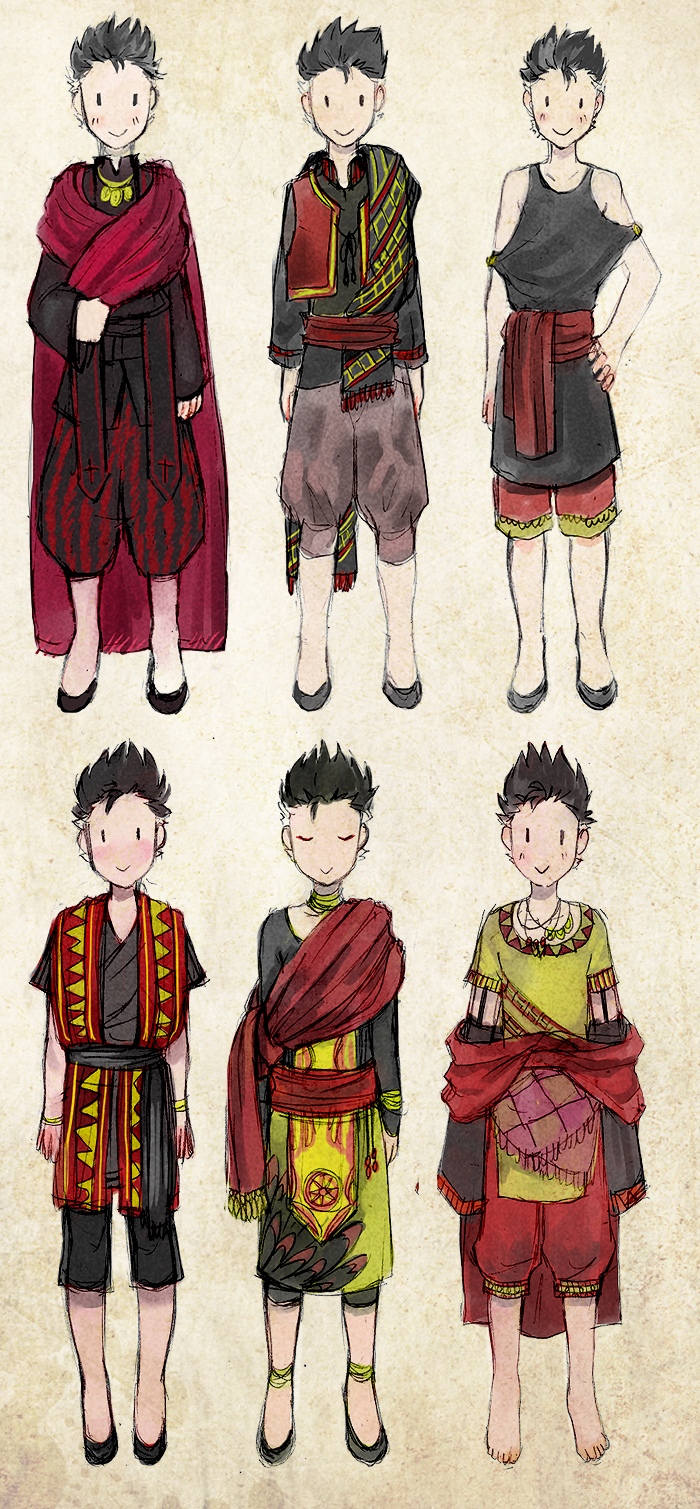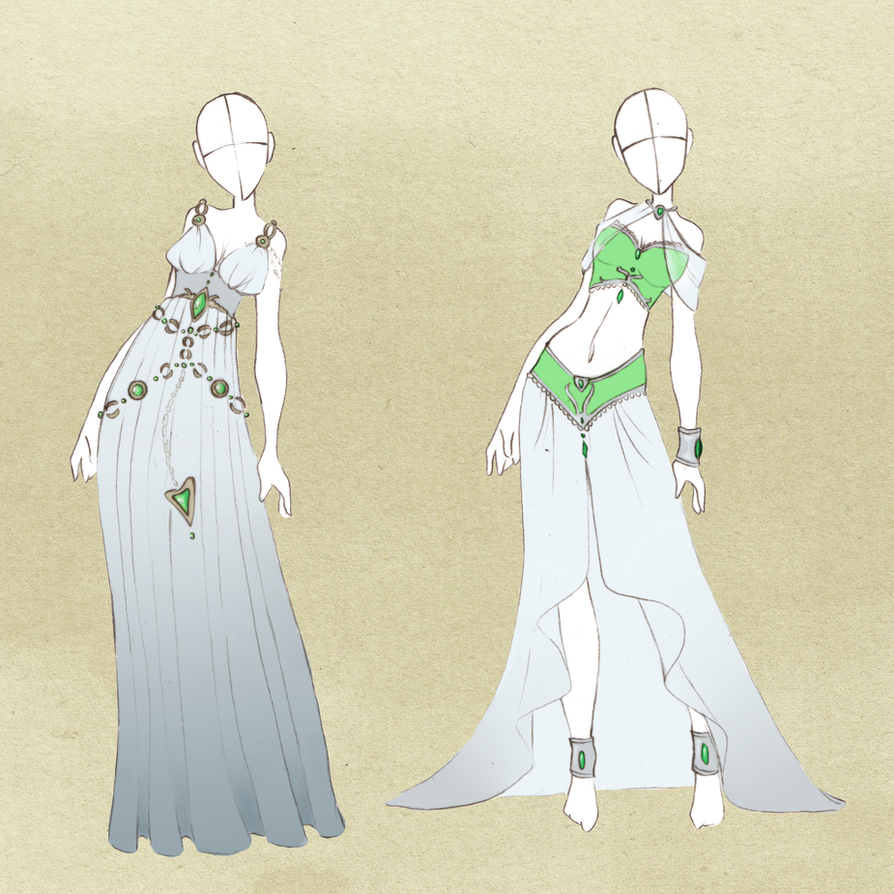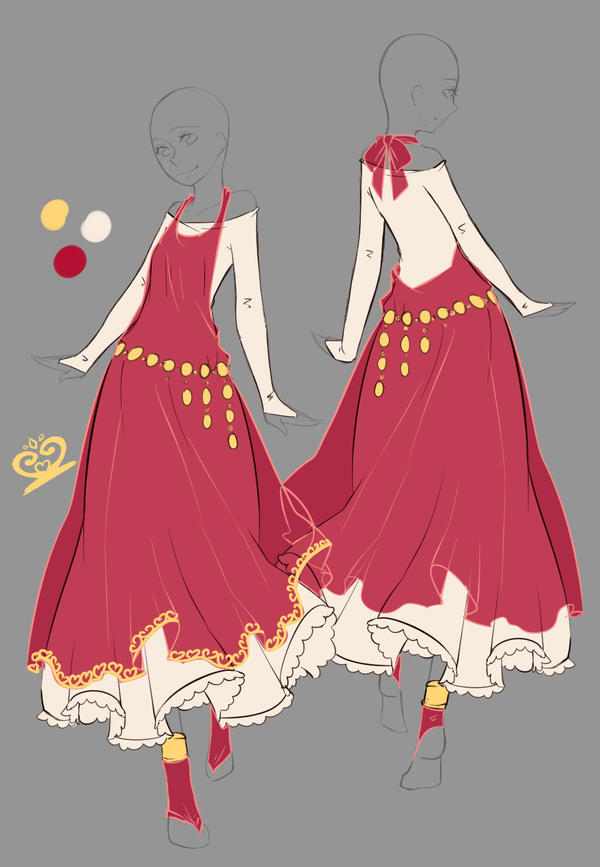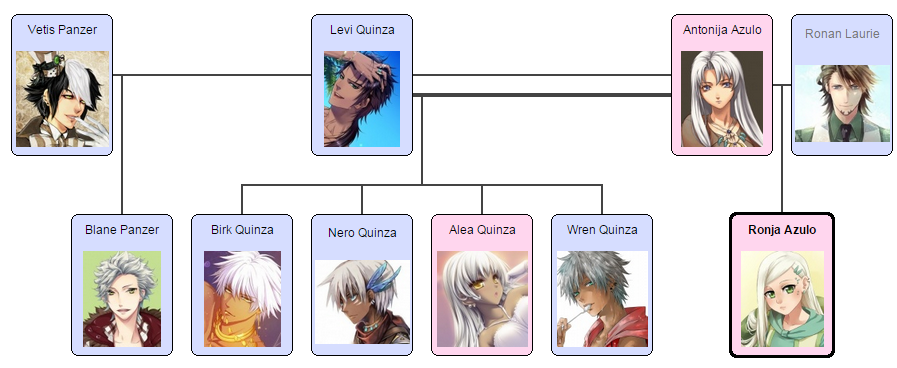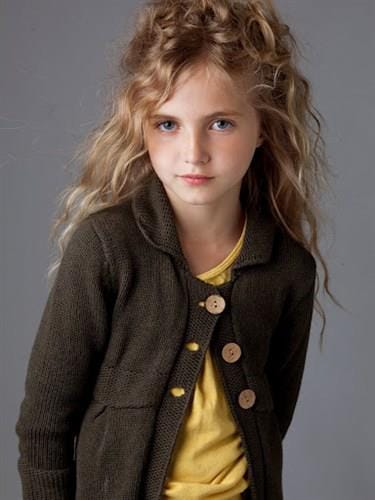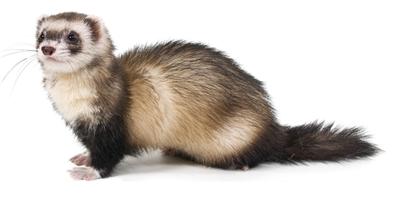The Dragoth Species/Race
-- Physical Characteristics --
Other then the following, Dragoth are Human in appearance.
Hair - Colors range from white to light blonde, and light shades of blue, gray, green, purple, and pink. Very rarely light reds. Never black or brown.
Eyes - Come in all colors of the rainbow. Many have vertical
slit pupils, or
no pupils at all.
Heterochromia is not very rare to see in the Dragoth race.
Skin - Skin colors range from white, Ivory, pale, alabaster, peaches, light tans, and in some of the old noble families darker beige. Under moonlight Dragoth people have a slight glow to there skin. On nights of the new moon (no Moon in sky) Dragoth skin glows silvery, and a pattern of scales
appears, until the sun breaks the horizon.
Blood - Dragoth Blood is blue in color and also is the most deadly poison in the world.
Half-Dragoth -- One parent of Dragoth race, and the other not, equals half-bloods. They are born sterile, and appearance wise look completely human, with few Dragoth traits. They can speak dragon like the Dragoths, but no other magical like things are inherited. There blood is purple in color and has healing properties when drank, and is used as an antidote to all poisons.
-- -- -- -- -- -- -- -- -- -- -- -- --
- Basic Info -
Dragoths are not affected by any poisons.
Typical life span is to age 120 - 130 years old. When bound to a dragon add 400 years.
They are only race that can understand and speak to dragons (this is done telepathically)
The Dragoth people can form a sacred bond with a dragon, if the dragon chooses so. With this bond their life span become much longer and the ageing process slows dramatically.
They are cold blooded in the same way as reptiles so they live in the desert heat rather easily.
They are known for being fast, agile, very flexible, with quike reflexes and abilities to see in the dark.
-- -- -- -- -- -- -- -- -- -- -- -- --
- Magic -
There are many different abilities unique to the Dragoth Race, though out of the list of abilities, each dragoth person only has up to Two of them. Some magic and abilities are as follows:
- Chameleon Camouflage
- Control and manipulation of fire/lava/heat
- High Stamina
- Summoning of snakes that can be made to attack.
- Omnilingualism: Can speak, write, understand and communicate in any language.
- Retractable fangs that secrete a venom that can be deadly to some, but mainly just paralyzes the victim for a number of hours.
- Rapid Healing
- Dream walking: user is capable of entering the dreams of others.
- Limb Regrowth
- Pain Immunity
- Shapshifting into a lizard/snake/falcon/hawk/frog
- Elasticity: to stretch, deform, expand, or contract one's body into any form imaginable.
- Hair Manipulation: user has complete control over their own hair, allowing them to freely alter, grow out, chance texture, color, etc. They hair can be made to be whip-like and used as a weapon.
- Enhanced Senses
All Dragoth have the abilities of casting magic (Like a Witch with spells and potions). Some are stronger then others. Plam, crystal ball, and tarot card reading, is a big part of their native culture. Magic Potion brewing, spell casting, curses, hexes, scrying, and Divination among other magics is a daily part of their lives.
-- -- -- -- -- -- -- -- -- -- -- -- --
* Modern Dragoths live mainly all around the Desert and Jungle areas alongside the other races, and follow the typical human cultural and Traditions. So the following does not apply to them very much.
-- -- -- -- -- -- -- -- -- -- -- -- --
* Native Dragoth's are nomadic and follow their ancient ways, and traditions of the Dragoth people.
-- -- -- -- -- -- -- -- -- -- -- -- --
-Dress - Traditional Dragoth clothing is a mix of Egyptian, Grecian, and Asian style. Beading and embroidery are a big part of the typical female clothes.
-- -- -- -- -- -- -- -- -- -- -- -- --
-Foods -
Animal Foods - Javelina, dove, quail, snake, weasel, Deer, Tortoise, Hare, Addax, Bighorn Sheep, Ostrich, and Emu meat. All bird eggs, and Goats milk.
Fruits - Pomegranates, Prickly Pear, ground cherry, rock fig, dates, Pitaya, acai, wild grapes, Lime, kiwano, marula, lemons, grapefruit, bananas, guavas, pineapples, mangoes, and Jujubes.
Vegetables - Cactus, Corn, Jalapeno, Bell Pepper, onions, Chile Pepper, Habanero, tomatoes, wild plants, potato, olives, carrot, and Garlic.
Bread - Is made from ground corn/nuts. tortilla, Corn meal breads,
Other - Wild almonds, Sunflower seeds, Wattleseeds, coffee, chocolate, honey, ginger, mushrooms, nut butters, mint, lavender, vanilla, cinnamon, and other desert/jungle growing herbs. Poison plants & animals are very typical foods eaten by the native Dragoth.
-- -- -- -- -- -- -- -- -- -- -- -- --
-Nomadic Living-
Dragoth people are nomadic and typically move locations every 2-5 years. Living and roaming all around the Calliope Desert, and jungle areas. Some tribes move seasonally, and spend the cooler winter months in the north volcano mountains.
Housing - The housing the Dragoth people live in is called a yurt, and is built off the entrance of there caravans.
A
yurt - is a portable, bent dwelling structure. The frame consists of one or more expanding lattice wall-sections, a door-frame, bent roof poles and a crown. The self-supporting wood frame is covered with pieces of woven grass/straw fabric, animal hied, and a felt like fabric made from sheep and goat fur, after all that it is then covered with canvas, for water proofing. The frame is held together with one or more ropes or ribbons. The structure is kept under compression by the weight of the covers, sometimes supplemented by a heavy weight hung from the center of the roof. A yurt is designed to be dismantled and the parts carried compactly on camels, yaks, or atop caravans, to be rebuilt on another site. Complete construction takes around 2-4 hours.
The Caravan - Every family has a caravan that is lived in while traveling and moving to a new site. When they settle in a place, they build their yurt (hut/tent) around the
entrance of the caravan.
Yurt Interior -
Like this1. expanding lattice wall-sections
2. bent roof poles and a crown.
3. Smoke hole. Smoke from the fire comes out through the opening. During monsoon season it is covered to prevent rain from coming in.
4. (there is no #4 in pic, but bare with me) The walls normally are decorated with intricately woven tapestries from ceiling to floor. The dirt floor, normally is covered in animal hides and large straw woven rugs.
5. Fire pit. A dug out hole in the ground lined with rocks. The fire pit is used for cooking and heat.
6. Support poles, they have hooks on them for hanging blankets and wet clothes.
7. Oven, and burners. Made of metal it is used for cooking.
8. Clay bowls, pots, and stone slabs are put atop the oven for cooking, boiling water, and warming food.
9. Clay/wood pitcher. Holds the fresh drinking water for the day
10. Table and chairs - Used for eating meals together, playing card games, doing crafts, and so on.
11. The frame is held together with one or more ropes or ribbons.
12. A heavy weight hung from the center of the roof.
-- -- -- -- -- -- -- -- -- -- -- -- --
-Traditions, Ceremonies, Religion, and beliefs -
Coming of Age traditions and ceremonies -
Age of Maturity is considered age 15. It is a time when a Teen is considered spiritually and physically mature. The youth is then responsible for stating on his or her own behalf whether or not he or she wishes to remain a member of the Native Dragoth community. If the choose not to they are still welcomed as family and such but are not apart of the Ceremonies and other spiritual things. If they choose yes which is the typical answer: On their 15th birthday, the child undergos a ceremony called Masha, where they are initiated into the Tribe as an adult. They adopt a traditional Dragoth name which is added onto their Birth name. example: John Smith, Becomes, John William Smith. This name is only used in ceremonies, spells, and when inside the temples, and is typically only told to close family members, spouses, and infants.
The ritual for the young Dragoth male involves shaving his head, and for the young dragoth Female to receive there first haircut. Both genders take off their Nicco, an amulet worn to mark and protect underage youth, which one then burns in dedication to the gods, they then bath in the sacred hot spring, that the Dragoth Temple is built around. They dress in the traditional formal garment, and walk the spiral staircase to the top of the temple with, chosen family members and priestess/priest behind them holding candles. Ones at the top they pray to the Gods for an hour or more, and then they ring the bell to signify they are no longer a child. They leave the temple, The family and friends gather for a celebration feast and dance that last all night. They are given a small blessed stone called a Caffa, it is used like a worry/pray stone, and is kept in they pocket/bag from then on.
Marriage traditions and ceremony -
Native Dragoth brides pick not one wedding dress, but three. First, the bride wears a simple
white gown for the ceremony and vows in the temple. Next, the bride swaps into a traditional dragoth
wedding Gown, an embroidered, slim-fitting frock that's usually dyed a Dark Blue for during the festivities, dances, and feast. Blue is a strong, lucky color in Dragoth culture. Finally, the bride ducks out of the Festival at midnight to change into a
third dress, this one is a short casual two colored dress made by the grooms mother, grandmothers, sister and other relatives. Each of the two colors represent the birth stone color of the bride and groom.
Grooms have also have three outfits for the wedding. Starting with the simple white
ceremony outfit, that is wore into the temple for the ceremony and vows with his bride. Next he changes into the traditional wedding
robe, and boots for the festivities, dances, and feast. Lastly at midnight he changes into a
tunic and cape, in the colors of his and his wifes birth stones. This outfit is made by his bride's mother, sister, grandmothers, and other relatives.
The Vow Ceremony is held in the temple. The groom and the bride each walk down separate paths that form into one, where they clasp hands and walk to the alter together as family and friends stand on both sides of the path, holding flowers/candles, and humming the marriage song. When the couple reaches the alter they kneel down in front of the high priestess who then places her hands on each of their heads. The humming stops, and the priestess begins chanting the scared marriage prayer to the gods, and then she goes on to give the couple their unique blessing (fertility, longevity, protection, luck, prosperity, happiness, harmony, friendship, vitality, honesty, hope, etc...). Then the priestess ask them to rise to their feet, which they do, and she ties a rope around their grasp hands. She then pours pomegranate wine over their bound hands, and asked the bride to say her Vows, and then the Groom. They then kiss, and all of the family members and friends cheer, and whistle. The newlyweds then each take apart the bound rope around their hands, and kiss again. More cheering. The bride and groom followed by there closest relative leave the temple and head to the village center were the wedding festivities, dances, and feast is held. The newlyweds then separate to change into the second outfits, joining everyone in the celebration feast, they sit next to one another. After the feast there is dancing, and such to be had. this goes on until midnight, when the newlyweds then separate again to change into the last outfit. The music and dancing slows, and lanterns are lit and left to float into the night sky. family, Relatives, and good friends, give gifts, and blessings to the couple as the leave to their homes. The couple then spends there first night together in their new home.
- Funerals -
After the death of a Native Dragoth the funeral begins, the body is laid out in the temple on woven blankets made from dried vines and left for two day and two nights, for people to mourn and pray over. In the morning on the third day, the body is cradled in the woven blanket and carried by four priest to the spiritual ground behind the temple. Family and Friends dress in black and grays as they follow behind. The priests place the blanket & body in the large hallowed stone table full of dry woods and herbs. The spouse/parents/next of kin have sew together the deceased old clothes into a quilt which is stuffed with dry grass and leaves. The quilt is placed over the body by the family. The priest and priestess chant the departing prayer as they poor blessed oil over the body. The body is then cremated, the oils and herbs turning the flame blue. After, the ashes are collected and mixed with clay, and are made into beads, then painted by family members and hung in a tree, or cactus.
- Temple -
Priest & Priestess - They live in the temple and dedicate their lives to the gods. They hold/preside all of the ceremonies in the temple. Are keeper of the Dragoth ancient artifacts, sacred items, Historic scrolls, forbidden spells, and written prophecies. The spend most of their day praying, blessing, and making fancy bound books for the Dragoth people to write family trees, stories, Information, legends, and history in. They wear plain white
robes though many embroider on them.
Dragons - are considered to be earthly gods, and are sacred beasts. Dragoth people believe that dragons are there ancient ancestors. The Dragoth people can form a sacred bond with a dragon, if the dragon chooses so. With this bond their life span become much longer and the ageing process slows dramatically.
Afterlife - Dragoth believe that when they die their soul goes to live with the gods in the sky Kingdom, unless the gods decided they are not ready, then they are instead reborn.
Temple - There are three Dragoth temples Two located in the Calliope desert, and the last one in Volcanic land of the north. They are large, tall, made from stone, and always built aound a hot spring. The Nomadic Dragoth always live with in a three days or less journey from a temple.
Second Name - When adopting their second name during the Masha, they are always traditional Dragoth names. (Spanish and french names/words = Dragoth Names)
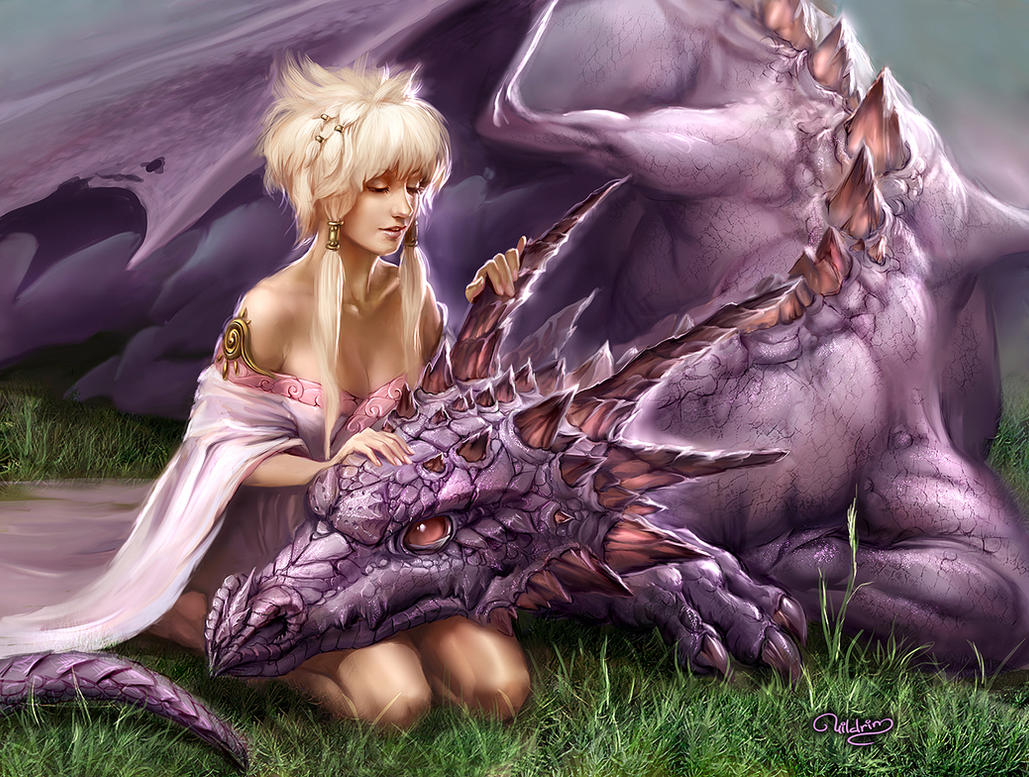
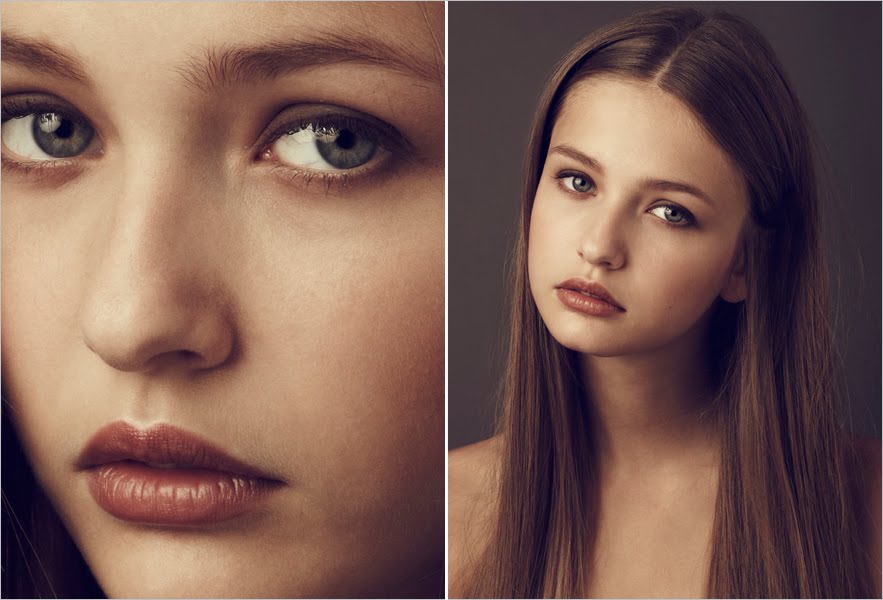

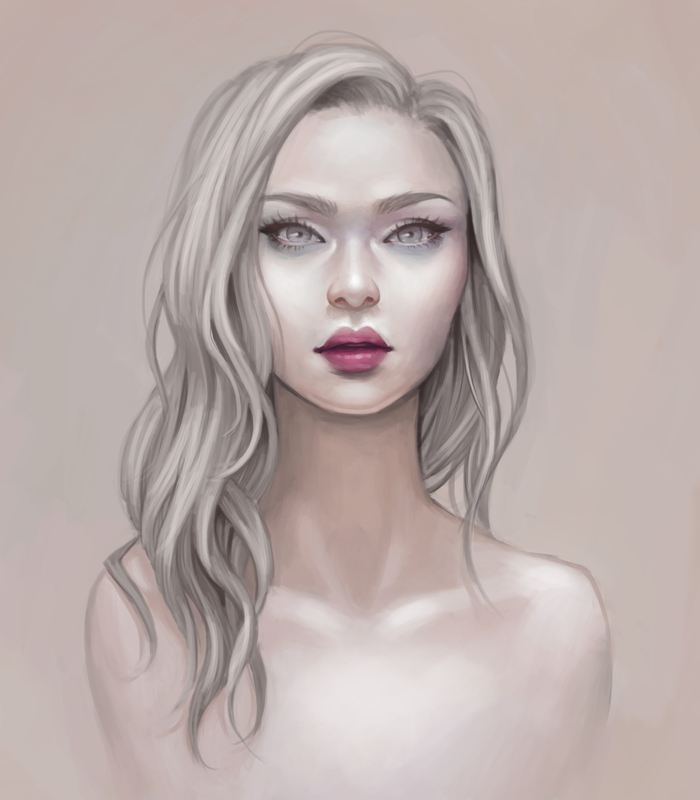

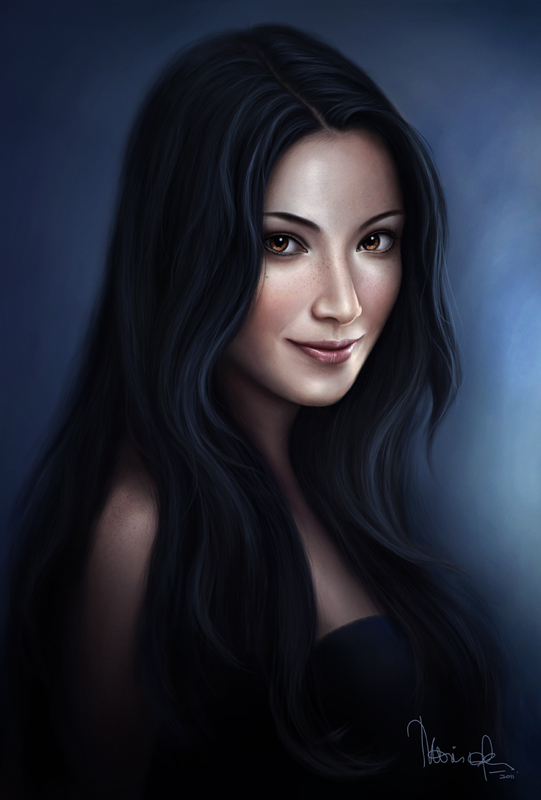


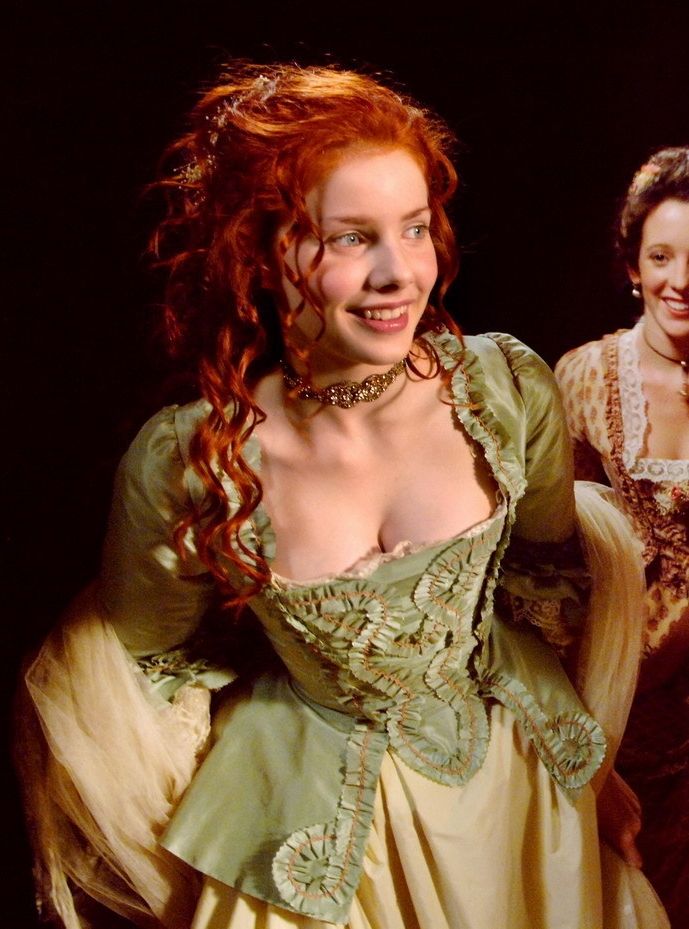



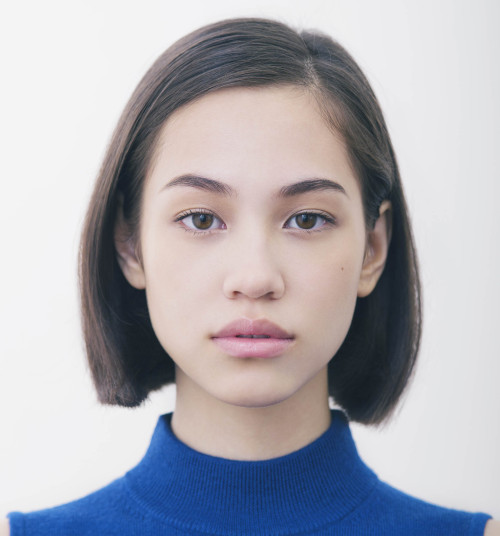

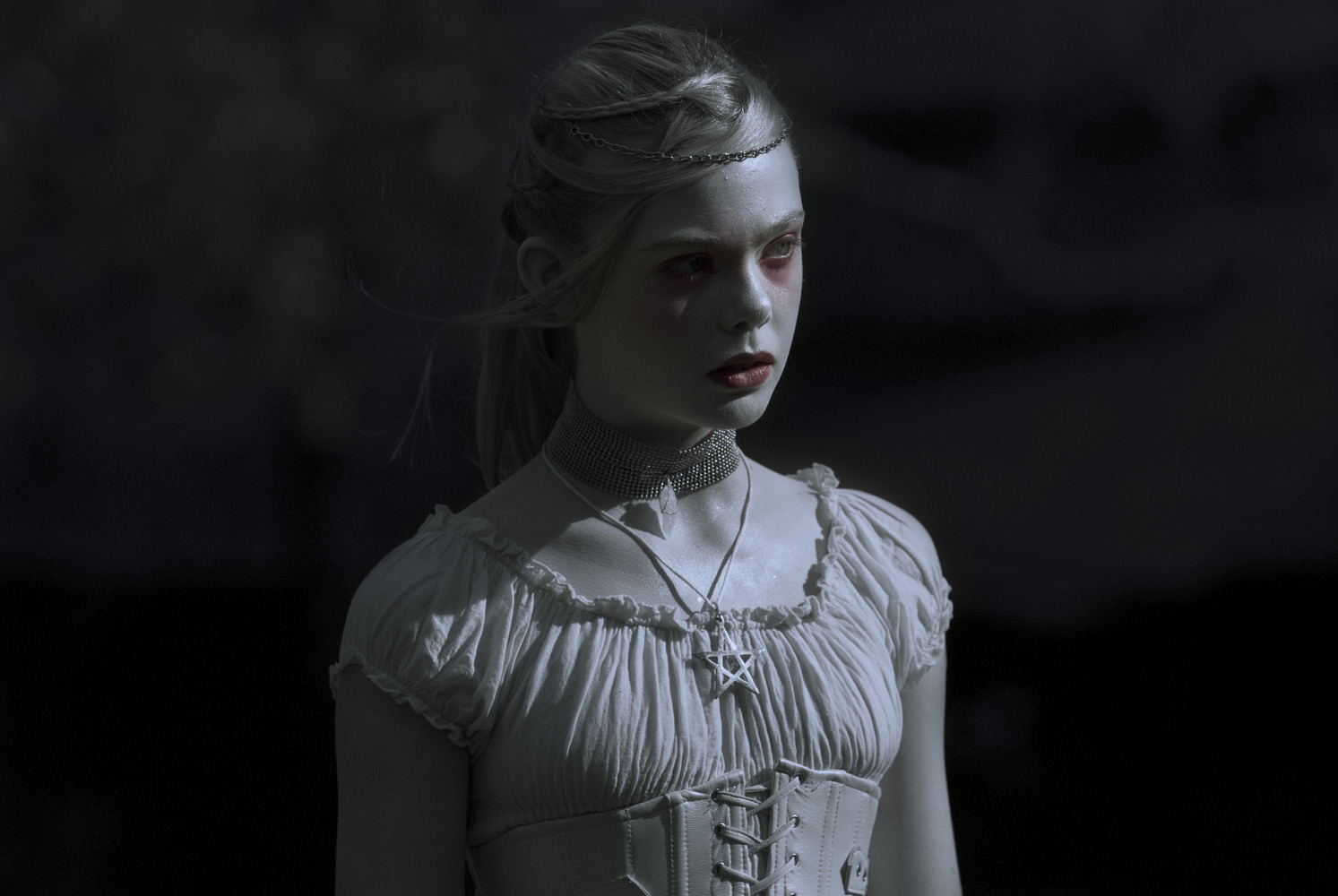


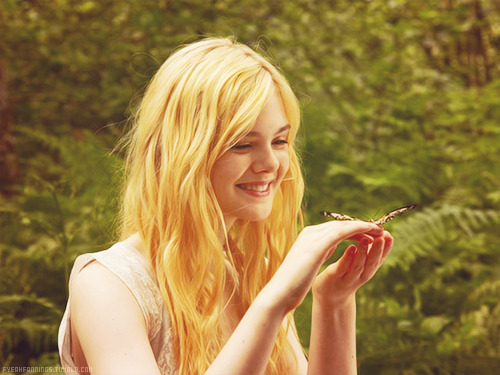
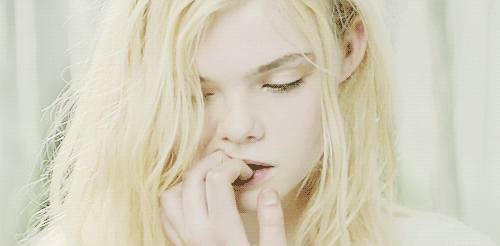
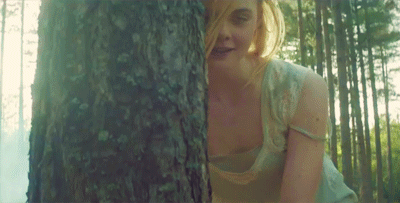







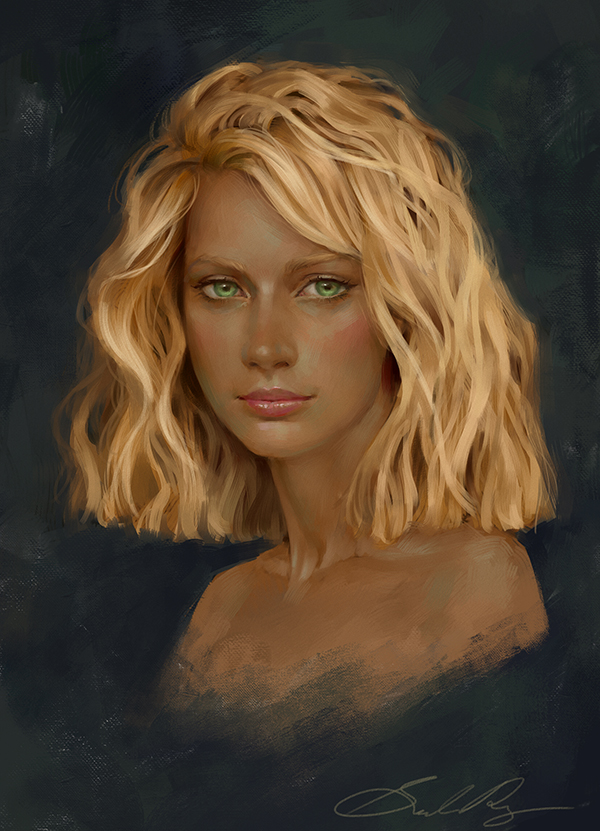
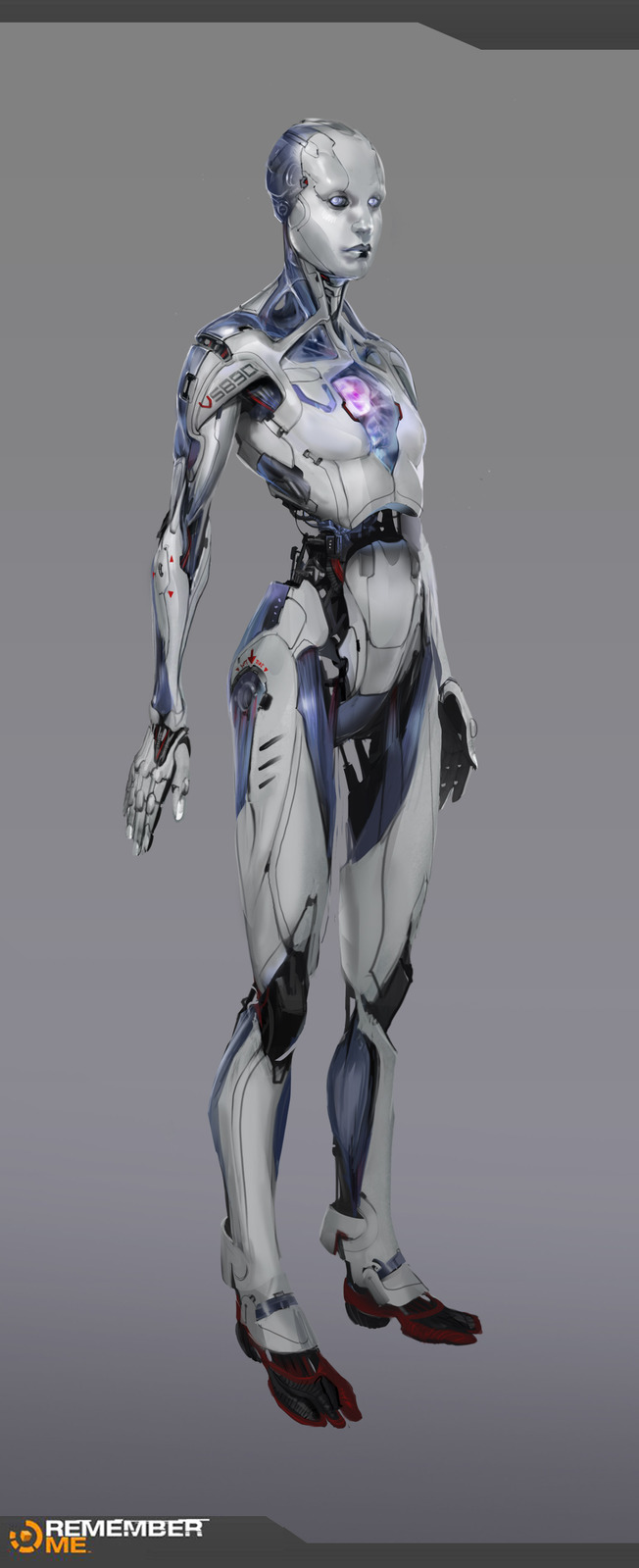

 Quote: In three words I can sum up everything I've learned about life: it goes on. - Robert Frost
Name: Svetlana Dimitrievna Novikova
Nickname: Lana
Age: 21
Gender: Female
Height: 5'8"
Weight: 130 Pounds
Ethnicity: 75% Russian and 25% French
Sexuality: Heterosexual
Relationship Status: Widowed - She was married to Jack Duran. He was her best friend and love of her life ever since she met him in seventh grade. He died two years ago, only seven months after they got married. He had struggled with cancer and being in and out of remission for over three years. After fighting for so long, the doctors said there was nothing more they could do, it had become terminal, and said he most likely only had a year or so left to live. So at eighteen they got married, and spent his remaining few months together as newly weds doing everything they had planed to do together as kids, and seven months later he was gone.
Political Affiliation: Does not follow politics.
Religion: Born and Raised Catholic, up until she turned ten, and lost her parents in a car crash. She went to live with her Aunt Polina in Nevada, who was also 'Catholic' but didn't go to church or follow the doctrine in anyway. Lana Considers herself to be spiritual/christian.
Drugs of Choice: None
Alcoholic Preference: Apple Martini or Wine
Favorite Food: Basically any Italian food.
Major: Humanities
Clubs: Fine Arts Club. (she only really joined for studio privileges)
Year: Sophomore
Roommates:
Quote: In three words I can sum up everything I've learned about life: it goes on. - Robert Frost
Name: Svetlana Dimitrievna Novikova
Nickname: Lana
Age: 21
Gender: Female
Height: 5'8"
Weight: 130 Pounds
Ethnicity: 75% Russian and 25% French
Sexuality: Heterosexual
Relationship Status: Widowed - She was married to Jack Duran. He was her best friend and love of her life ever since she met him in seventh grade. He died two years ago, only seven months after they got married. He had struggled with cancer and being in and out of remission for over three years. After fighting for so long, the doctors said there was nothing more they could do, it had become terminal, and said he most likely only had a year or so left to live. So at eighteen they got married, and spent his remaining few months together as newly weds doing everything they had planed to do together as kids, and seven months later he was gone.
Political Affiliation: Does not follow politics.
Religion: Born and Raised Catholic, up until she turned ten, and lost her parents in a car crash. She went to live with her Aunt Polina in Nevada, who was also 'Catholic' but didn't go to church or follow the doctrine in anyway. Lana Considers herself to be spiritual/christian.
Drugs of Choice: None
Alcoholic Preference: Apple Martini or Wine
Favorite Food: Basically any Italian food.
Major: Humanities
Clubs: Fine Arts Club. (she only really joined for studio privileges)
Year: Sophomore
Roommates: 